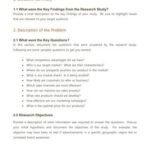what is a research report
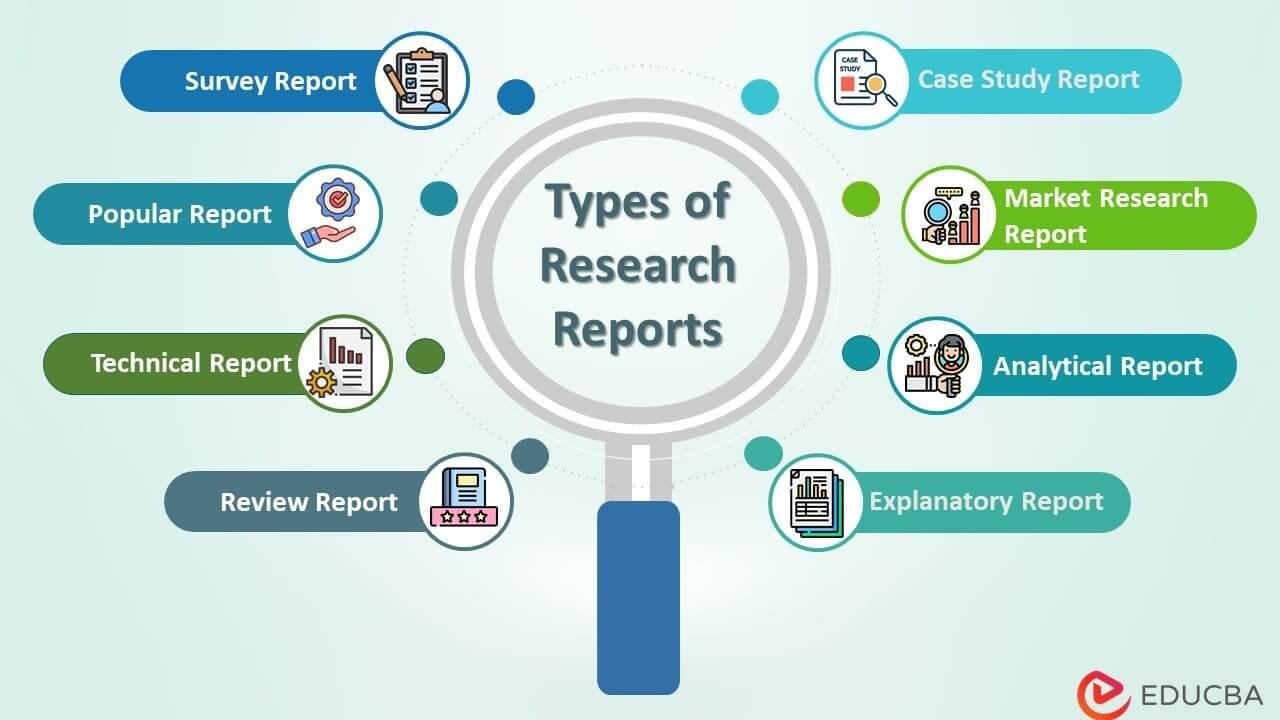
In the vast landscape of academia and professional inquiry, research reports stand as essential beacons of knowledge, illuminating the paths to understanding complex phenomena. But what exactly is a research report? It’s more than just a collection of data and findings; it’s a meticulously crafted narrative that chronicles the journey of exploration and discovery. From articulating a question to unraveling the nuances of evidence, a research report serves as a bridge between curiosity and insight, structured to convey rigorous investigation in a clear and coherent manner. Whether you are an aspiring scholar, a seasoned researcher, or simply curious about the mechanics of academic work, this article will guide you through the fundamental components and purpose of research reports, unraveling the intricate tapestry of methodology, analysis, and interpretation that lays at their core. Join us as we delve into the heart of research reporting, where facts meet storytelling and inquiry transforms into understanding.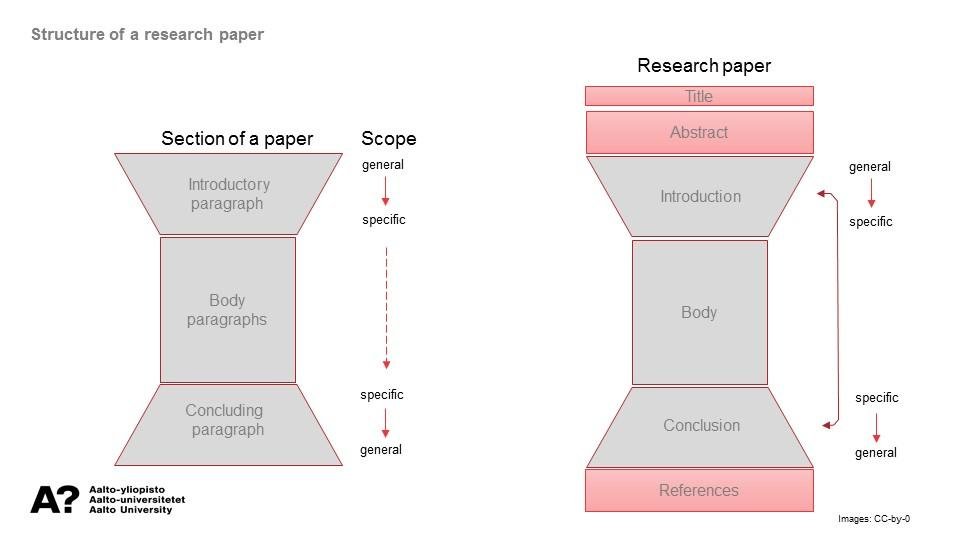
Understanding the Structure and Purpose of a Research Report
A research report is meticulously structured to convey findings and insights in a clear and systematic manner. Its design typically includes several key components, each serving a distinct purpose in the overall narrative of the research. The main elements generally consist of:
- Title Page: Contains the title of the report, the author’s name, and the date of publication.
- Abstract: Summarizes the key points, objectives, methodology, and conclusions of the research.
- Introduction: Provides background information and states the research question or hypothesis.
- Methodology: Details the approaches and techniques used to gather and analyze data.
- Results: Presents the findings of the research, often supported by tables and figures.
- Discussion: Interprets the results, drawing connections to existing literature and considering implications.
- Conclusion: Summarizes the findings and suggests directions for future research.
- References: Lists the sources cited throughout the research.
This structure not only facilitates a logical flow of information but also aids in the reader’s comprehension. Each section is integral to building a cohesive argument and understanding the importance of the study. A well-crafted research report allows readers to critically evaluate the research undertaken and appreciate its contributions to the field. An effective report also includes comprehensive data presentation, such as tables, which allow for quick comparisons and clear visualization of findings. Below is a simple example:
| Research Variables | Findings |
|---|---|
| Variable A | Positive correlation |
| Variable B | No significant change |
| Variable C | Negative correlation |
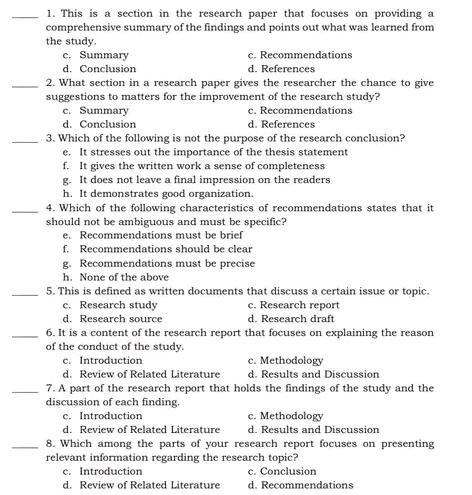
Key Components That Define a Comprehensive Research Report
A comprehensive research report is characterized by several essential elements that work together to provide a thorough understanding of the study’s findings and implications. At its core, a well-structured report includes a clear objective, establishing the purpose of the research and the questions it seeks to answer. Additionally, a literature review synthesizes existing studies, offering context and demonstrating how the study contributes to the broader field. Furthermore, a methodology section details the research design, data collection methods, and analytical approaches, ensuring transparency and reproducibility. Consider the following key components:
- Abstract: A concise summary of the report’s content.
- Introduction: Background information and research significance.
- Results: Presentation of findings, often accompanied by visuals.
- Discussion: Interpretation of results in relation to hypotheses.
- Conclusion: Summary of findings and recommendations for future research.
Moreover, the layout and design of the report contribute to its effectiveness in communicating complex information. Tables and figures are often employed to present data succinctly, enhancing reader comprehension. For instance, a well-crafted table can highlight the main findings in an easily digestible format, allowing readers to grasp significant trends or comparisons at a glance. Below is an example to illustrate how data can be presented effectively:
| Variable | Group A | Group B |
|---|---|---|
| Sample Size | 150 | 150 |
| Average Age | 30 | 31 |
| Response Rate (%) | 90 | 85 |

Essential Guidelines for Writing Clear and Effective Research Reports
Writing a research report is an art that requires clarity, precision, and a structured approach to effectively communicate findings. To achieve this, it is vital to establish a coherent framework that guides readers through your research. Begin by organizing your report into distinct sections—such as introduction, methodology, results, and discussion—that each serve a purpose. Each section should contain clear headings that allow readers to navigate easily. Additionally, employing visual aids, such as graphs and tables, can enhance understanding and retention of complex data.
Furthermore, ensure that your language remains accessible and free of jargon. When introducing technical terms, consider providing definitions to assist readers unfamiliar with the subject matter. Utilize bullet points to highlight key findings, as they can break down dense information into digestible parts. Below is an example of how to succinctly present key points:
| Key Element | Description |
|---|---|
| Clarity | Use straightforward language and avoid overly complex sentences. |
| Structure | Organize content logically with clear headings and subheadings. |
| Visuals | Incorporate graphs and tables to complement textual information. |
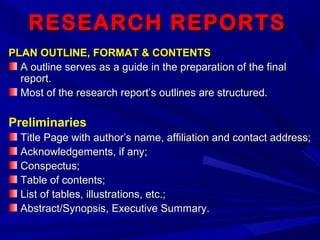
Navigating Common Pitfalls in Research Report Preparation
When preparing your research report, being aware of common pitfalls can save you from significant setbacks. One major challenge is the inconsistent formatting of sections. Established guidelines for reports often specify styles for headings, citations, and references, and failing to follow these can make your report appear unprofessional. Ensure that every section conforms to the same standards. Here are some key aspects to monitor:
- Font style and size consistency
- Alignment of text and figures
- Proper citing of sources
Another frequent issue is the lack of clarity in presenting your findings. A report laden with jargon or overly complicated language can alienate your audience. It’s crucial to convey ideas simply and succinctly, allowing readers to grasp your conclusions without excessive effort. Tables can be an effective way to present complex data clearly. Consider the following example:
| Finding | Significance |
|---|---|
| Improved communication methods | Increased collaboration |
| Enhanced data visualization | Clearer insights |
The Way Forward
a research report serves as a vital bridge between the intricate world of inquiry and the broader audience eager for knowledge. By encapsulating the essence of research—its methods, findings, and implications—such reports transform complex data into actionable insights, fostering understanding and collaboration across disciplines. Whether you are a seasoned researcher or a curious explorer, appreciating the nuances of a well-crafted research report can deepen your engagement with the world around you and inspire new avenues of thought and investigation. As we continue to advance our collective understanding, the importance of clear, concise, and impactful research reporting will remain a cornerstone of scholarly communication, illuminating the path forward for both current and future generations of thinkers.

